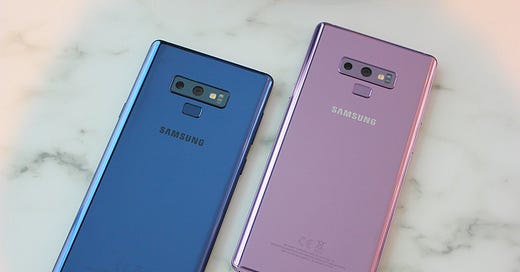Samsung Note 9 Review, Facebook pulls Onavo plus working together for democracy
Click to read the full story: Samsung Note 9 Review, Facebook pulls Onavo plus working together for democracy
Like Apple, Samsung loves bringing out their latest Galaxy Note on the heals of their lastest S9 offering one of two things more to justify the price increase. Here are some pros and cons to help you make your choice.
For $1,000, the premium Galaxy Note 9 is a superb phone that showcases the best Samsung has to offer.
It’s also the phone most of you won’t need. That’s because you can get many of the same features in Samsung’s Galaxy S9 for a few hundred dollars less.
The Note 9, available Friday, is the Android smartphone for those who want the latest and the greatest. There’s a larger battery, with a 21 percent boost over last year’s Note 8 model. The Note 9 gets 128 gigabytes of storage, double what’s in the S9 and Apple’s iPhones. And of course, a large screen.
But there’s not much “wow” beyond that. Smartphone innovation has slowed down in recent years. It’s more noticeable with Samsung because the company spreads out those innovations between two major smartphones each year. One phone inevitably plays catch up with the other every six months.
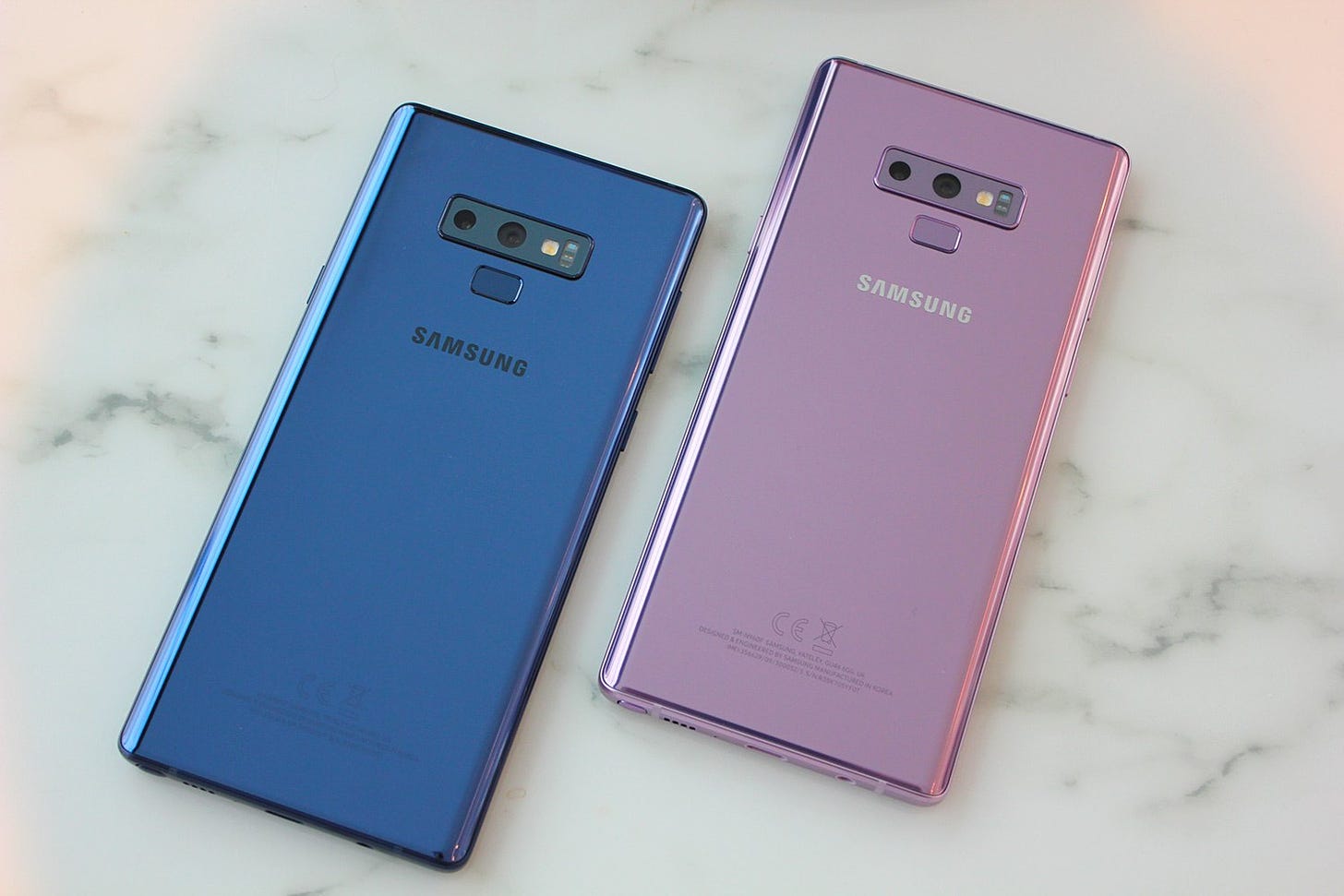
So now we find that the Note 9 is getting the zippy processor and cellular speeds the S9 phones first offered earlier this year. It’s also getting the S9′s dual-aperture camera for better low-light shots as well as its gimmicky, but super-fun, ability to take video with super-slow motion.
And the S9 starts at just $720 through T-Mobile, and about $800 through Verizon, AT&T, and Sprint. A Plus version that’s closer in size to the Note 9 costs $840 to $930.
True, the Note 9 offers a little more wowness. Its camera uses artificial intelligence to optimize colors and lighting for what you’re trying to shoot, be it food, a sunset or flowers. Many low-light shots were even better than what the S9 produced, even though both share the second aperture designed to let in more light when needed.
Of course, you’re likely to see this feature in the S10 in about six months.
That brings us to one of the Note’s remaining distinctive features, its stylus. It’s useful for handwriting notes and signing documents on the screen. Now, it can control digital slideshows and music playback, too. The new stylus gets Bluetooth to double as a remote control. Selfies won’t look as awkward when you don’t have to reach for the on-screen button; just press the pen to snap the shutter.
Unfortunately, there isn’t a lot the remote feature can do yet. It’s a promising feature — but could remain mostly a promise if app developers don’t take advantage of it.
Many past Samsung features failed to gain traction because app developers couldn’t be bothered to make the tweaks needed. For instance, Air View was supposed to offer pop-up previews just by pointing to an email and calendar entry, but it mostly worked only with Samsung’s home-grown apps.
More recently, there’s Bixby, Samsung’s own digital assistant. While Samsung has worked directly with some services, including Uber and Spotify, on integrations, developers have largely prioritized Amazon’s Alexa and the Google Assistant. It comes down to a chicken-or-egg problem: People need to see compelling capabilities to use a feature; developers need to see a strong base of users to spend the time developing compelling capabilities.
The stylus remains the Note’s signature feature, with or without extensive remote capabilities. No doubt the new edition will appeal to die-hard Samsung fans, hard-core gamers and on-the-go executives who are on their phones constantly and need the battery and storage boost. Though the Note 9 uses the same processor as the S9, it has a new cooling system designed to let you use those faster speeds longer.
But if you’re not someone who needs all that power, you ought to take a second look at the cheaper, six-month-old S9.
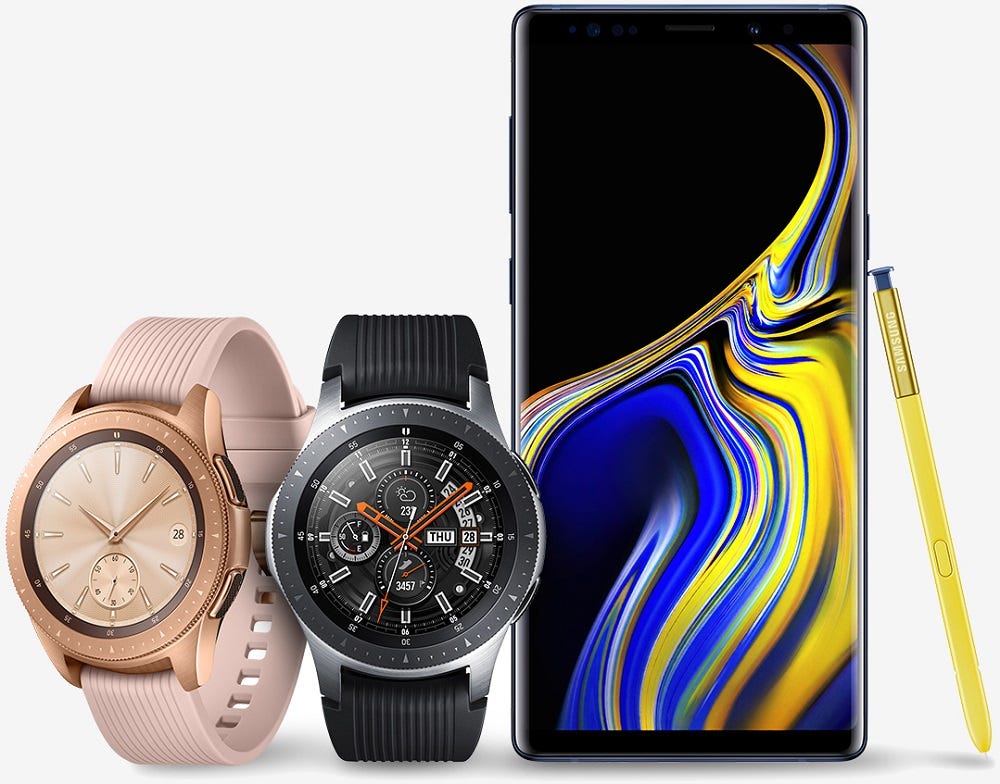
Google names the Note 9 as the best phone for YouTube
The Note 9’s 6.4-inch Super AMOLED display is one of the best you’ll find on a smartphone in 2018, and thanks to this, Google’s deemed it as the best phone for binging YouTube on. YouTube’s Signature Devices list recently launched as a way to highlight Android phones that offer the best experience for all things YouTube, and as part of it, it’s noted that:
With this transition from TV screen to phone screen, YouTube has announced its Signature Devices for a best-in-class YouTube experience. Ranked against a variety of key attributes, YouTube endorsed a variety of devices as best-in-class for the platform.
Their top choice? The Samsung Galaxy Note 9
Here are all the specs you can look forward to.
Like past Notes before it, the Galaxy Note 9 is packed to the gills with all of the latest available tech. That means it has the latest processor, a massive battery, an insane amount of RAM, and much more.
Operating system Android 8.1 Oreo
Samsung Experience 9.5 Display 6.4-inch Super AMOLED, 2960×1440 (18.5:9) Processor Qualcomm Snapdragon 845 Storage 128/512GB Expandable MicroSD up to 2TB RAM 6/8GB Primary rear camera 12MP Super Speed Dual Pixel, OIS, f/1.5 or f/2.4 Secondary rear camera 12MP, OIS, f/2.4, telephoto lens Front camera 8MP, f/1.7, auto focus Connectivity Wi-Fi 802.11ac MIMO, 1.2Gbps (Cat-18) LTE, Bluetooth 5.0 LE
ANT+, NFC, GPS, Glonass Audio Stereo speakers
Dolby Atmos
3.5mm headphone Battery 4000mAh
Non-removable Charging Water resistance IP68 Security One-touch fingerprint sensor
Iris scanner
Samsung KNOX Dimensions 6.37 x 3.01 x 0.35 in Colors Ocean Blue, Lavender Purple (U.S.)
Midnight Black, Metallic Copper (intl)
Here’s everything you need to know about buying the Note 9
There are a lot of reasons you may want to pick up the Note 9, and whatever those reasons may be, you’ve got a lot of options for deciding where to get it.
In the United States, pricing starts at $999.99 for the 128GB model and goes up to $1249.99 for the 512GB one. You can get the phone at Best Buy, Amazon, Samsung’s website, all of the major carriers, and more.
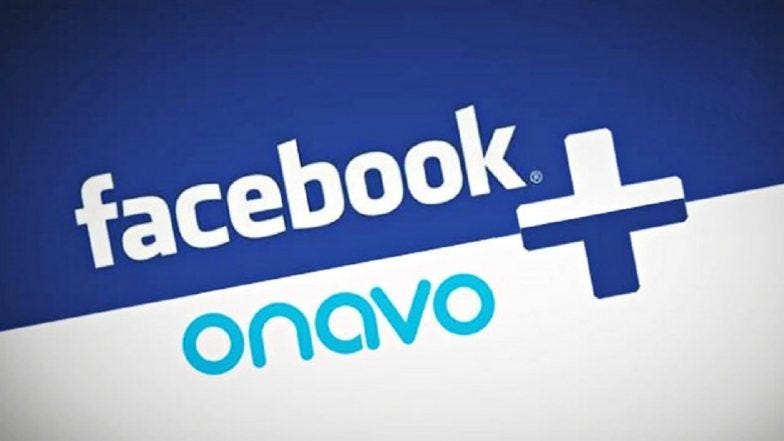
Facebook has pulled one of its own products from Apple’s app store because it didn’t want to stop tracking what people were doing on their iPhones. Facebook also banned a quiz app from its social network for possible privacy intrusions on about 4 million users.
The twin developments come as Facebook is under intense scrutiny over privacy following the Cambridge Analytica scandal earlier this year. Allegations that the political consultancy used personal information harvested from 87 million Facebook accounts have dented Facebook’s reputation.
Since the scandal broke, Facebook has investigated thousands of apps and suspended more than 400 of them over data-sharing concerns.
The social media company said late Wednesday that it took action against the myPersonality quiz app, saying that its creators refused an inspection. But even as Facebook did that, it found its own Onavo Protect security app at odds with Apple’s tighter rules for applications.
Onavo Protect is a virtual-private network service aimed at helping users secure their personal information over public Wi-Fi networks. The app also alerts users when other apps use too much data.
Since acquiring Onavo in 2013, Facebook has used it to track what apps people were using on phones. This surveillance helped Facebook detect trendy services, tipping off the company to startups it might want to buy and areas it might want to work on for upcoming features.
Facebook said in a statement that it has “always been clear when people download Onavo about the information that is collected and how it is used.”
But Onavo fell out of compliance with Apple’s app-store guidelines after they were tightened two months ago to protect the reservoir of personal information that people keep on their iPhones and iPads.
Apple’s revised guidelines require apps to get users’ express consent before recording and logging their activity on a device. According to Apple, the new rules also “made it explicitly clear that apps should not collect information about which other apps are installed on a user’s device for the purposes of analytics or advertising/marketing.”
Facebook will still be able to deploy Onavo on devices powered by Google’s Android software.
Onavo’s ouster from Apple’s app store widens the rift between two of the world’s most popular companies.
Apple CEO Tim Cook has been outspoken in his belief that Facebook does a shoddy job of protecting its 2.2 billion users’ privacy — something that he has framed as “a fundamental human right.”
Cook sharpened his criticism following the Cambridge Analytica scandal. He emphasized that Apple would never be caught in the same situation as Facebook because it doesn’t collect information about its customers to sell advertising. Facebook CEO Mark Zuckerberg fired back in a separate interview and called Cook’s remarks “extremely glib.” Zuckerberg implied that Apple caters primarily to rich people with a line of products that includes the $1,000 iPhone X.
Late Wednesday, Facebook said it moved to ban the myPersonality app after it found user information was shared with researchers and companies “with only limited protections in place.” The company said it would notify the app’s users that their data may have been misused.
It said myPersonality was “mainly active” prior to 2012. Though Facebook has tightened its rules since then, it is only now reviewing those older apps following the Cambridge Analytica scandal.
The app was created in 2007 by researcher David Stillwell and allowed users to take a personality questionnaire and get feedback on the results.
“There was no misuse of personal data,” Stillwell said in a statement, adding that “this ban appears to be purely cosmetic.” Stillwell said users gave their consent and the app’s data was fully anonymized before it was used for academic research. He also rejected Facebook’s assertion that he refused to submit to an audit.
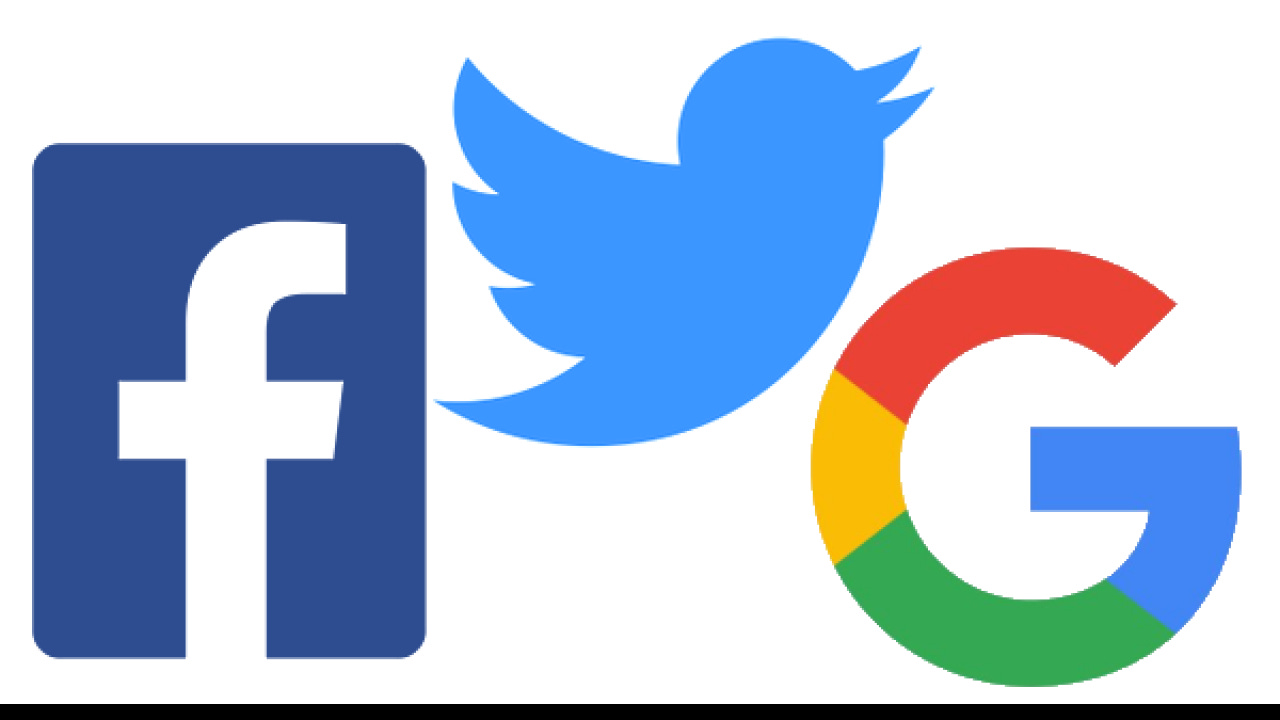
Facebook, Twitter and Google routinely squabble for users, engineers and advertising money. Yet it makes sense for these tech giants to work together on security threats, elections meddling and other common ills.
Such cooperation was evident Tuesday when Facebook announced that it had removed 652 suspicious pages, groups and accounts linked to Russia and Iran. This was followed by similar news from Twitter. On Monday, meanwhile, Microsoft reported a new Russian effort to impersonate conservative U.S. websites, potentially as part of an espionage campaign.
Cooperation makes it easier for tech companies to combat fraudulent use of their services. It also makes them look good in the eyes of their users and regulators by showing that they take the threats seriously enough to set aside competitive differences.
They have little other choice if they want to avoid regulation and stay ahead of — or just keep up with — the malicious actors, who are getting smarter and smarter at evading the tech companies’ controls.
Case in point: While Facebook said there was no evidence that Russian and Iranian actors cooperated with each other in the latest efforts to create fake accounts to mislead users, the company said their tactics were similar. In other words, if the bad guys are learning from each other, the companies fighting them would need to do the same.
Facebook has significantly stepped up policing of its services since last year, when it acknowledged that Russian agents successfully used Facebook to run political influence operations aimed at swaying the 2016 presidential election.
Other social media companies have done likewise and continue to turn up fresh evidence of political disinformation campaigns. While some of the 2016 disruptions seemed to support certain candidates, more recent campaigns appear aimed at sowing discord and driving people to more extreme sides of the political stage.
Tech companies already share information to fight terrorism, child pornography, malware and spam. They are now adding global political threats from nation-states. In congressional hearings earlier this year, Facebook General Counsel Colin Stretch said Facebook, Twitter and Google have a “long history” of working together on such threats. He expressed hope that sharing information becomes “industry standard practice.”
Understanding the threat requires understanding how the malicious actors communicate, operate and move among various services, Facebook said in a blog post on Tuesday. “To help gather this information, we often share intelligence with other companies once we have a basic grasp of what’s happening,” the company wrote.
Even with all the cooperation, disagreements exist. The companies don’t always agree on when and how to go public with threats they uncover, for example. And while critics have called for a formal industry body to address issues such as elections meddling, misinformation and hate speech on social networks, no such broad-reaching organization exists.
The closest is the Cybersecurity Tech Accord, which Microsoft, Facebook and other companies formed to protect businesses and users from internet crime. But bigshots such as Google and Twitter were noticeably missing. (Those companies did not respond to messages Wednesday asking if they have joined since).
Nonetheless, cooperation has helped other industries stave off regulation. For example, the movie industry banded together to develop its own ratings system in the 1960s to ward off government censorship.
Jeff Bardin, chief information officer at the security firm Treadstone 71, said cooperation is one way to combat fake accounts without imposing tighter verification when users sign up. Of course, if Facebook started asking potential members for a government-issued ID and a home address, it would drive people away.
“There is no way they will do that upfront,” he said. So, what’s left is to continue to play the cat-and-mouse game, catching and removing the enemy and then learning its new tactics as it changes them.
The post Samsung Note 9 Review, Facebook pulls Onavo plus working together for democracy appeared first on Movie TV Tech Geeks News By: Jeffrey Lang

